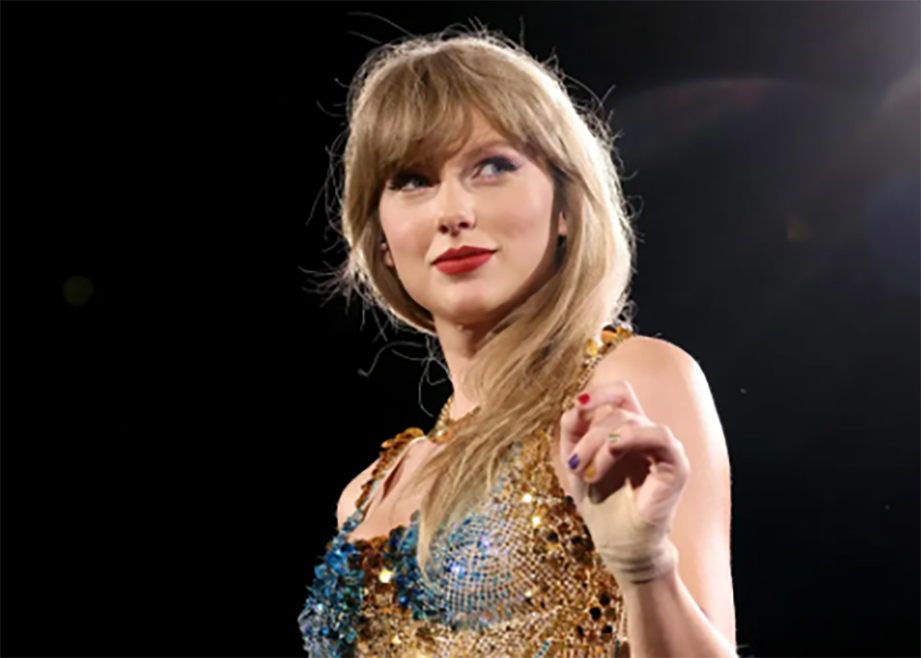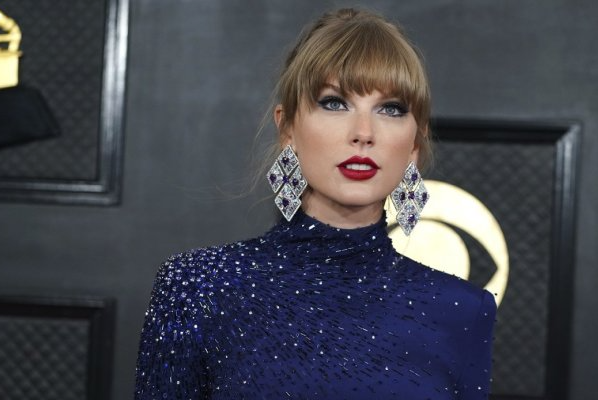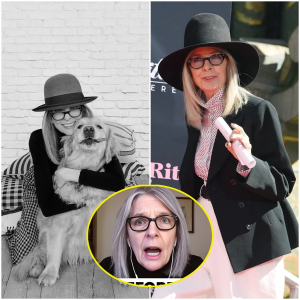Taylor Swift makes money professionally in the entertainment industry thanks to her own tactics in human resources, marketing, customer building and continuous innovation.
At age 33, pop star Taylor Swift is one of the most influential entertainment entrepreneurs in the world, according to WSJ.
She took control of the copyright of her songs instead of music labels, was ready to take on giants, like the battle with Spotify, and sold a record number of albums. She maintains the loyalty of her fans by chatting with them online.
Taylor Swift’s tours are so attractive that the online ticketing system Ticketmaster is overloaded, causing the website to crash. Currently, her “Eras Tour” is predicted to be the biggest tour of all time with the potential to earn more than a billion dollars.
While other stars like Rihanna actively make money in many other fields, Taylor Swift focuses on the entertainment industry. Below are some management lessons learned by WSJ from Swift’s failures and successes.

Taylor Swift arrives at the 65th Annual Grammy Awards on February 5 in Los Angeles. Photo: AP
Lean team
While many artists in the music industry turn their business over to outsiders, Swift still prefers to run it directly. Her company 13 Management has a lean staff. The business is supported by close people from family to a few confidants.
She often avoids hiring outside managers, brokers and lawyers to save on operating costs. Meanwhile, the company’s offices are housed in her private hangar in Nashville, Tennessee.
Go from basic to complex
At age 11, while her mother and younger brother waited in the car, Swift knocked on the doors of every record company in Nashville to invite them to listen to a CD of her karaoke songs. When that failed to spark interest, Swift bought a 12-string guitar and practiced for hours every day.
Along with that, she started practicing composing. Two years later, her original songs helped secure a development deal with RCA Records.
Seize the opportunity
Before releasing an album, unknown country music artists often perform at about 200 radio stations across the United States because the station’s ratings contribute to their charting. If one of their songs receives support, it will continue to receive multiple airplays and climb the charts, causing the record label to decide to release the rest of the album.
Rick Barker, who took Swift on the first leg of her 2006 radio tour and later became her manager, said the arduous journey can be demoralizing and affecting for many artists. doctor.
During a performance at K-FROG radio station in Riverside (California), Barker was reminded not to bother busy program directors about getting Swift on the air.
However, while playing “Tim McGraw” in the station’s studio, at the part where the lyrics say “one day you’ll turn on your radio”, Swift glanced at Barker and changed the text to “one day you’ll turn on your radio”. will enable K-FROG”. This quick thinking of hers worked, the station immediately wanted to introduce Swift to listeners.

Build and mobilize audiences
Swift soon built her online fan base, first on Myspace, then Tumblr, Instagram and TikTok. The platforms allow her to get her music to her favorite listeners faster than radio. “When she saw people on Myspace, she saw it as a performance venue. She played music for thousands of fans every night,” Barker said.

During a commercial break at K-FROG, Swift informed fans on Myspace that she would be on the station. The station’s phone lines were then flooded with calls thanking Swift for playing Swift’s song.
Swift’s pioneering use of social media is now seen as key to an artist’s relationship with consumers. “The way she uses technology to create authentic connections with fans has shaped the modern music industry in so many ways,” said Lucian Grainge, CEO of Universal Music Group, the record label and producer Swift’s version comments.
Take care of your partner

Other CEOs, radio program directors and business associates describe Swift’s sharp memory for details about their spouses and children. They said they still have her handwritten thank you cards.
Some people close to Swift said she or a team member will save important information about her partner for Swift and everyone to review before they meet again the next time.
Tom Poleman, Head of Broadcasting at iHeartMedia describes Swift as knowing where everyone she meets left off in their last conversation. “To do that at such a young age is remarkable – to engage in building relationships not only with listeners but also with business partners,” he said.
Keep yourself fresh
A big part of Taylor Swift’s lasting power is reinventing herself, according to music executives. Rod Essig, Swift’s agent in the early years, said no two records were ever the same, nor were performances ever the same. “People are so excited,” he said.
When Swift decided to release her first authentic pop album, she invited them to “Secret Sessions”, held at her various homes, where she played unreleased songs from album “1989.” This album took Swift to new heights in sales and fame.
Create leverage for yourself
When sales skyrocketed weeks after the release of “1989” in 2014, Swift pulled all of the songs from the music platform Spotify. She fought the giant, demanding that Spotify only make “1989” available to paying listeners.
“Things of value should be paid for,” she wrote in an editorial for the WSJ. “In my opinion, music should not be free and my prediction is that individual artists and their labels will one day dictate the price of an album,” she opined.
To mend the relationship, Spotify CEO Daniel Ek flew to Nashville multiple times to talk with Swift. But it wasn’t until three years later, before releasing her album “Reputation,” that she agreed to re-release the songs on Spotify. By that point, “1989” had sold 10 million copies worldwide. Avoiding free releases has helped boost these sales.
“I don’t think Spotify did anything to convince Taylor. She is very independent and makes many decisions on her own,” Ek commented. Realizing that there is a huge audience on Spotify, Swift did not release the album “Reputation” on streaming services in the first three weeks of its release to maximize sales. This album debuted at No. 1 on the Billboard 200 album chart, selling 41% more copies than the total of 199 other albums.
Breaking precedent

In 2018, Swift signed a deal with Universal that allows her to own any music she records. But her first six albums remained on the independent label Big Machine. Although she tried many times, she still could not buy back their copyright. So, she decided to re-release the new version to get her own copyright.
And as a result, no artist has ever been as successful as her with this method. Swift adds unreleased songs to albums and encourages fans to buy new versions.

She mobilized fans to get involved, explaining why ownership is important. Streaming services and radio stations also supported and replaced old album versions copyrighted by Big Machine with new versions copyrighted by Swift. According to a WSJ analysis, new versions of albums such as “Fearless” and “Red” even outperformed their older versions by a ratio of 3 to 1.











